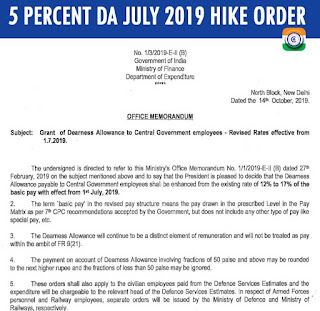More than 9.5 lakhs women avail benefit under the Maternity Benefit Programme during 2014-15 and 2015- 16
Scheme to be implemented on a Pan India basis
w.e.f. 01.01.2017
The Maternity Benefit Programme is a Centrally Sponsored Scheme being implemented through the State Governments/UT Administrations. The Ministry issues guidelines for implementation of the Programme, releases funds in the prescribed cost sharing ratio and monitors implementation of the scheme. Whenever, any incident of non-payment of benefits under the Programme is brought to the notice of the Ministry, the concerned State Government/UT Administration is requested to take necessary action in this regard.
Adequate fund have been placed at the disposal of States/UTs for providing maternity benefit to the eligible beneficiaries.
Earlier this scheme was implemented in selected 53 districts of the country, the Government has approved pan- India Implementation of Maternity Benefit Programme to cover all the districts of the country with effect from 01.01.2017. Year-wise details of funds allotted to the scheme are as under:
| Year | 2011-12 | 2012-13 | 2013-14 | 2014-15 | 2015-16 | 2016-17 |
| Allocations (Rupees in Crore) | BE-
520.00 RE-403.00 | BE-520.00 RE-93.87 | BE-500.00 RE- 300.00 | BE-400.00 RE-358.00 | BE-438.00 RE-233.50 | BE-400.00 RE-617.00* |
Details of funds released under the Maternity Benefit Programme during 2011-12 to 2016-17 (Up to 06.03.2017) and number of beneficiaries across the country is as follows:
| Year | 2011- 12 | 2012- 13 | 2013- 14 | 2014- 15 | 2015-16 |
| Funds Released (Rs. In Crores) | 293.83 | 82.57 | 232.05 | 343.13 | 233.46 |
| Beneficiaries | 309749 | 644167 | 588971 | 616420 | 336910 |
| No. Of States not reported data of beneficiaries | 4 | 0 | 3 | 8 | 10 |
This information was given by Minister of State for Women & Child Development, Smt Krishna Raj in reply to a question in Rajya Sabha today.
PIB











